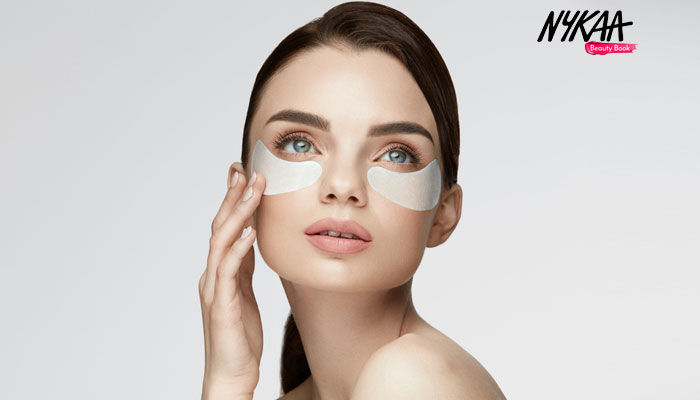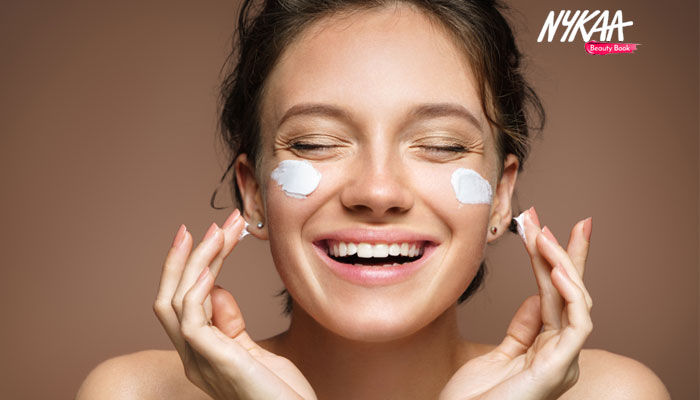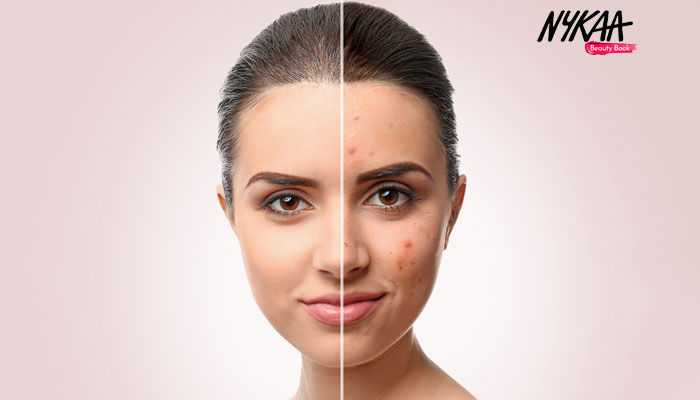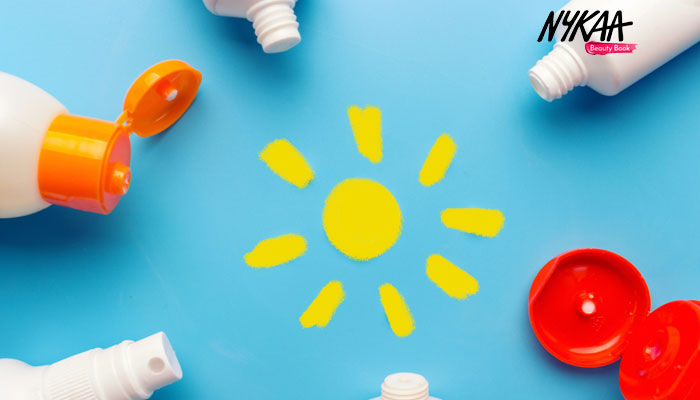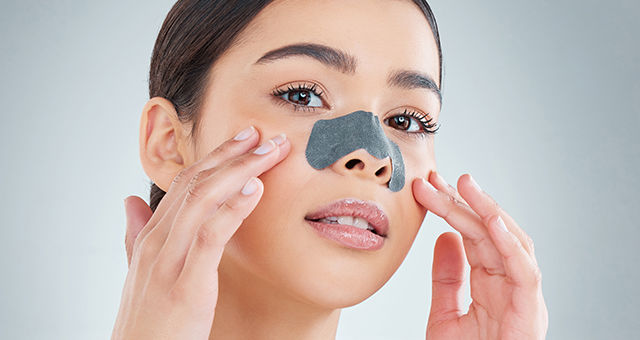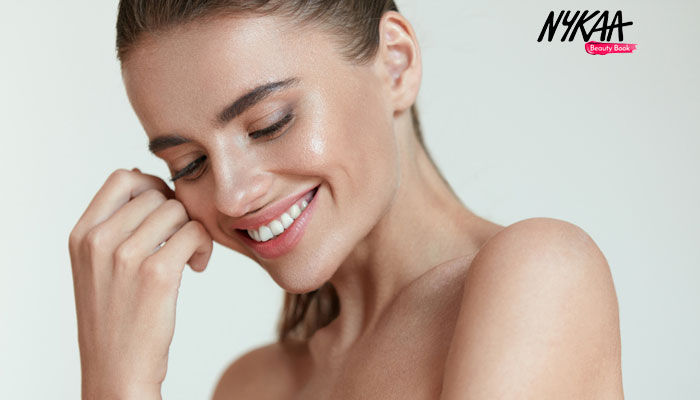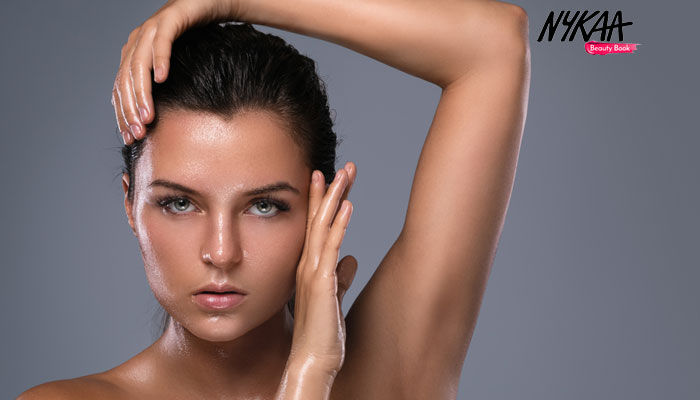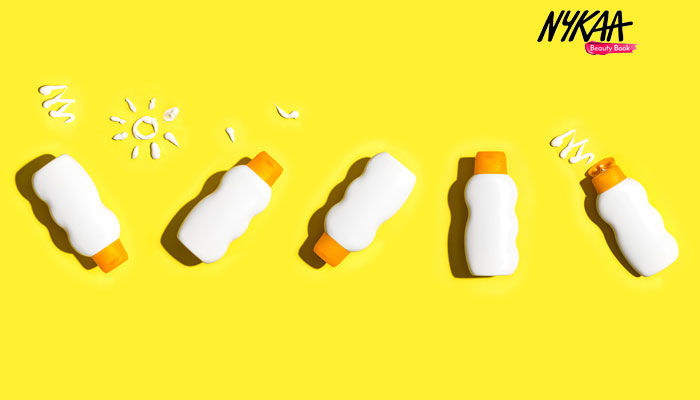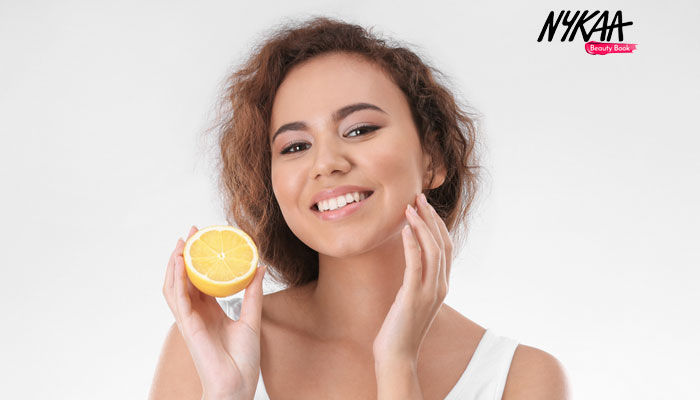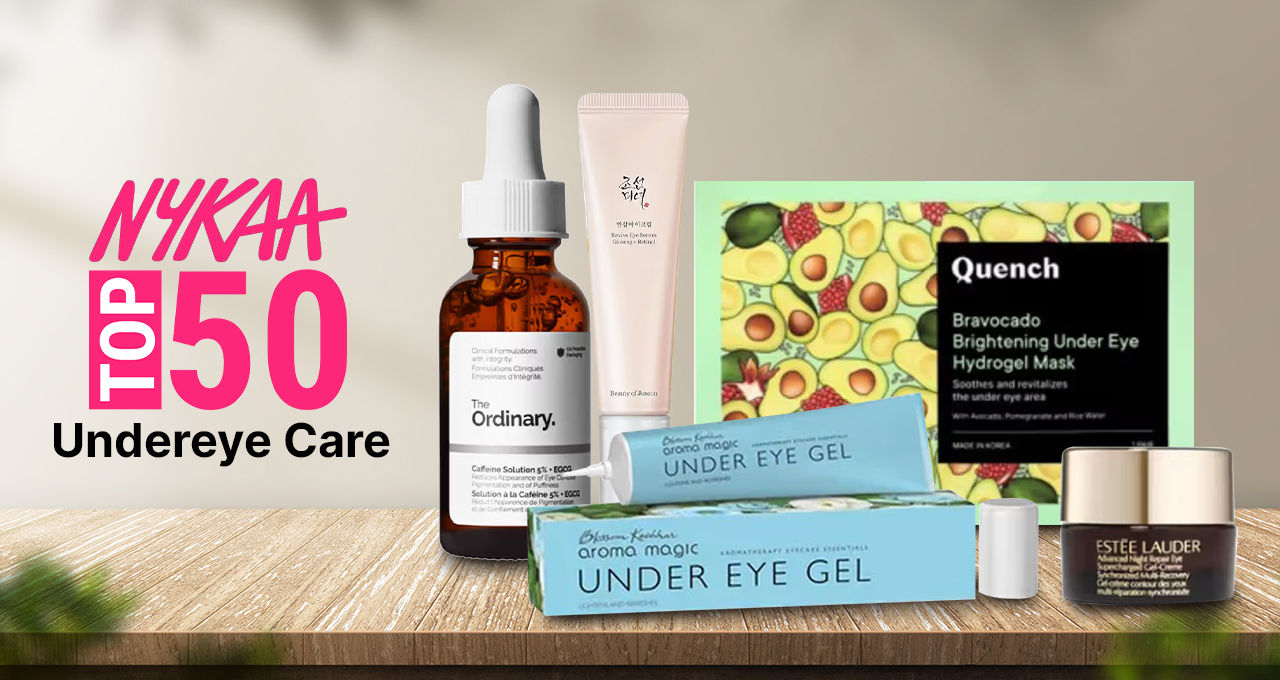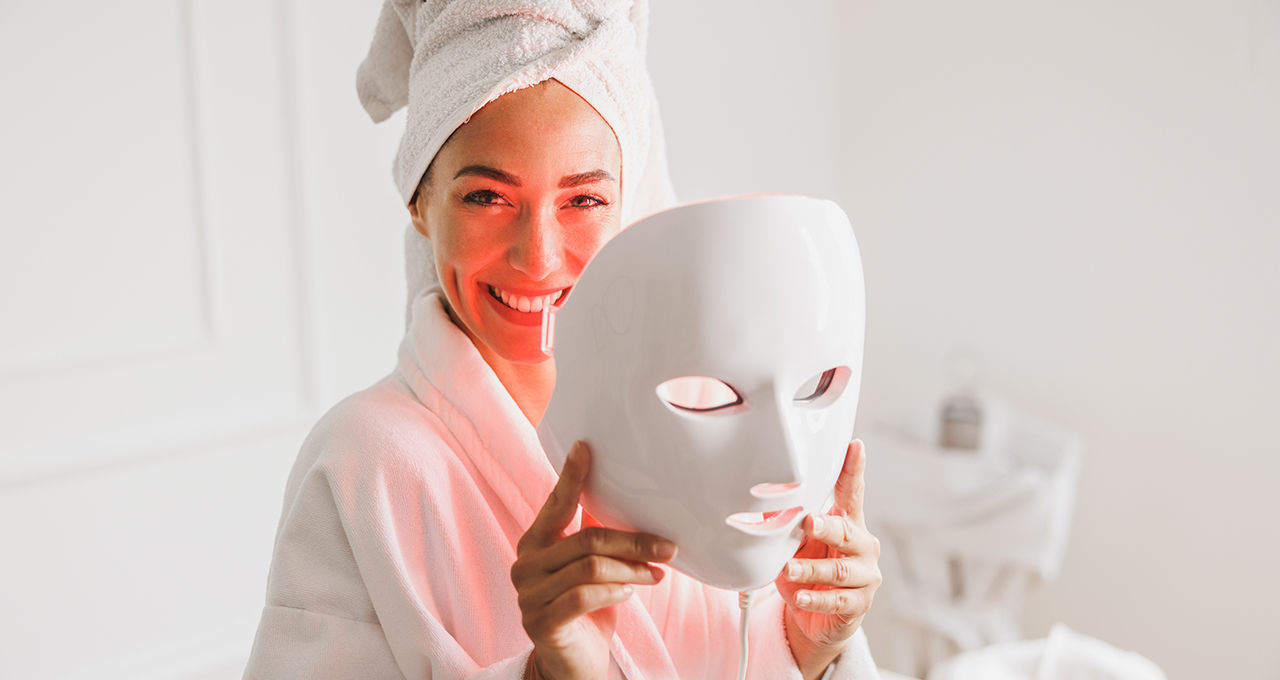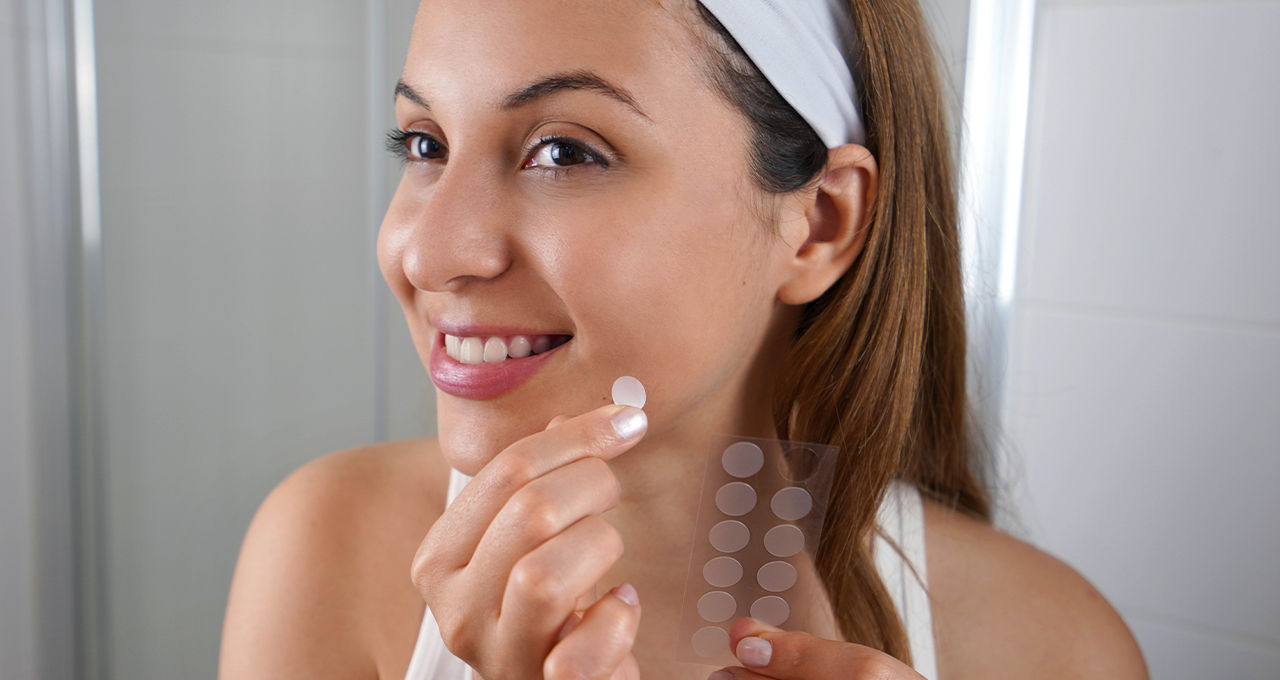
Do you ever feel that no matter what you try, your skin simply refuses to glow like it used to? The scars seem to have taken up a permanent residence on your face and the spots don’t look like they’re leaving anytime soon too. If all of this sounds eerily familiar, maybe it’s time to give the fancy products in your bathroom cabinet a break and explore a chemical peel treatment.
For all you know, you are just a peel away from better and younger looking skin. We are not kidding. Scroll ahead and allow your skin to feel the difference, STAT.
What Is A Chemical Peel
Often, due to acne, sun damage and ageing, your face develops uneven skin tone, fine lines and pigmentation spots with time. Most of this cannot be treated by simply counting on a face wash or cream. It calls for a treatment like the chemical peel. The peel draws out damaged skin cells to reveal fresh skin underneath.
In this treatment, a solution concentrated with acid is applied to the skin with a brush and left for a while. The powerful acids penetrate the top layers of the skin to extract damaged and dead skin cells. What you get is a healthier and glowing complexion.
Types Of Chemical Peels
The hero ingredients in the peel coupled with the duration for which the peel is meant to stay on the skin decides the peel type. Chemical face peels are thus, categorised as light, medium and deep.
1. Light Peel
Also known as superficial peel, the light peel is the gentlest of them all. Ideal for those with sensitive skin, it contains mild acids like lactic acid and penetrates the outermost layer of skin.
Downtime: Since, this treatment affects only the surface of the skin, it requires little to no downtime.
Best For Concerns: Acne, hyperpigmentation and dull skin.
2. Medium Peel
The medium peel penetrates a little further to effectively pull out damaged skin cells. This peel contains glycolic acid or trichloroacetic acid which works at a deeper level to improve skin and make it firmer.
Downtime: You will have to wait at least 48 hours before exposing your skin to sun after the treatment.
Best For Concerns: Acne scars, hyperpigmentation, melasma, wrinkles and ageing skin.
3. Deep Peel
The deep peel penetrates even the middle layer of the skin to significantly improve skin health. This intensive peel contains phenol or tricholoracetic acid which penetrates much deeper to deliver noticeable difference. Unlike other types of peels, just one procedure is enough to get the results.
Downtime: This treatment has a downtime of at least one week.
Best For Concerns: Acne scars, skin discoloration, precancerous skin growth, and wrinkles.
Benefits Of Chemical Face Peel
Here’s a lowdown on the benefits of chemical facial peels.
- Do you find yourself wishing for a magical peel that would take away all the acne and scars in minutes to leave you with a clearer complexion? Well, it’s time to familiarise your skin with chemical peel treatments that exfoliate your skin at a deeper level to reveal better looking skin.
- You can ease wrinkles and reduce the appearance of fine lines on your face with chemical peel treatments. The clever combination of acids does an impressive job at healing skin and restoring elasticity.
- From medications to sun, a lot of factors beyond our control are responsible for skin discoloration and spots. That being said, you can still get your natural glow back with regular facial peels. The strong concentrations of the acids help remove the epidermis that has been discoloured.
- If needles and machines scare the living daylights out of you, the simple chemical peel is at your rescue. This non-invasive treatment for healthier looking skin takes just a few minutes even though the results are impressive.
- Before you blame another moisturizer for not doing its job well, ask yourself if your skin is receptive enough. A chemical peel treatment penetrates layers of skin to deeply unclog pores which clarifies skin and helps it absorb products better.
Chemical Peel Treatments
If you are new to chemical peels, the countless options can be overwhelming. Here’s a lowdown on the popular peels to get you started.
1. Lactic Acid Peel(Light)
Sensitive much? Lactic peel made from milk works gently on easily troubled skin to heal light scars and pigmentation. This peel scores high on hydration and helps lend a luminous glow to dull, dehydrated skin. Plus, it boosts collagen production and minimizes pore size.
2. Glycolic Acid Peel (Medium)
The tiny molecular size of glycolic acid makes it easier to penetrate the skin for better exfoliation. Derived from fruit acids, this acid breaks the bond that holds dead skin cells together and reveals a fresher complexion. Glycolic peel is great for treating acne, hyperpigmentation and sun induced damage.
3. Mandelic Acid Peel (Medium)
Derived from bitter almonds, mandelic acid bolsters cell turnover and helps reduce the appearance of wrinkles, spots and fine lines. If your skin has a low tolerance level, opt for mandelic acid peel over glycolic acid peel as the former doesn’t cause irritation or redness. Pro tip: Mandelic acid works better when teamed with salicylic acid.
4. Salicylic Acid Peel (Medium)
Your favorite zit-zapping acid concentrated in a peel is the perfect recipe for breakout-free skin. Derived from the bark of willow tree, this oil-soluble acid clears congested pores and calms inflamed breakouts. Salicylic peel is ideal for oily skin peeps looking to fight acne one last time.
5. Cosmelan Peel (Medium)
Not like your ordinary chemical peel, the cosmelan peel is a blend of kojic acid, ascorbic acid, phytic acid, retinoid acid and more. It’s designed to treat hyperpigmentation, sun spots, skin discoloration and even patches triggered by hormonal fluctuations. Think of it as an effective way to deal with uneven skin tone.
6. Jessner Peel (Medium)
When you combine the powers of lactic acid, salicylic acid and resorcinol, you get the jessner peel which helps target hyperpigmentation and acne both. Ideal for oily and acne-prone skin, this peel can be quite drying and hence, should be avoided if you have dry skin. This peel effectively dries out existing acne, dislodges blackheads and heals scars.
7. Phenol Peel (Deep)
Also known as carbolic acid peel, this peel is a blend of phenol and croton oil which buffs away dead skin cells and helps repair damage caused by sun. An aggressive peel, it improves the overall skin tone, and texture. The only caveat? You can’t afford to skip sunscreen once you do this treatment.
8. TCA Peel (Deep)
Short for Trichloroacetic Acid, TCA peel is definitely NOT for the delicate ones. If you had to officially commit to a chemical peel that meant serious business, this would be it. Perfect for wrinkles, scars and discoloration, this medical-grade peel will make your skin peel for at least a week to completely shed all the dead skin cells.
Disclaimer: Chemical face peel treatments should be considered only after consulting with your dermatologist.
FAQs On Face Peeling Treatment
1. How long does a chemical peel burn take to heal?
Your skin will ideally need at least 6-7 days to completely heal after the chemical peel treatment. Thus, you will experience redness, dryness, itchiness and other discomfort for at least a week before your skin returns to its normal state. If this happens, it means the treatment is working and the dead skin cells are being shed.
2. What can you not do after a chemical skin peel?
- Avoid exposure to the sun. If you still have to step out, be generous with the sunscreen.
- Apply moisturizer on your skin diligently. This will help counter the treatment induced dryness.
- Avoid leaving your face unclean for longer periods. Invest in a good face wash or cleanser like Nykaa Naturals Saffron & Honey Face Wash for Glowing Skin to keep your pores clear.
- If you experience redness, apply an ice pack or cold compress to the concerned area. This will help calm the inflamed skin.
- Avoid using a scrub or exfoliator immediately after the treatment. Your skin is really sensitive at this point of time and attempting to exfoliate it could lead to the formation of scars.
- The skin on your face is healing. Drinking alcohol and staying dehydrated will make the healing process harder and it will take longer for the results to show. So, drink more water and cut down on the booze for a while.
Nykaa Recommends: La Shield Fisico Matte Sunscreen Gel SPF 50+ PA++, Bioderma Photoderm Max Aquafluide SPF 50+ Teinte Claire, Olay Moisturizing Cream, Ponds Super Light Gel Oil Free Moisturiser With Hyaluronic Acid + Vitamin E

